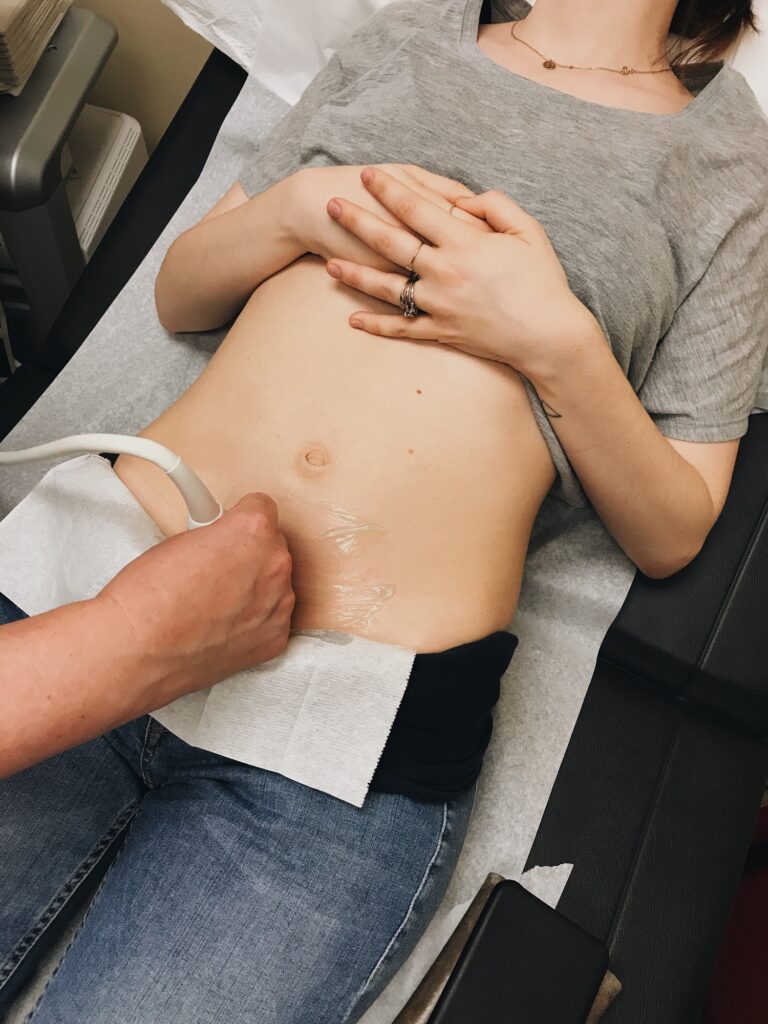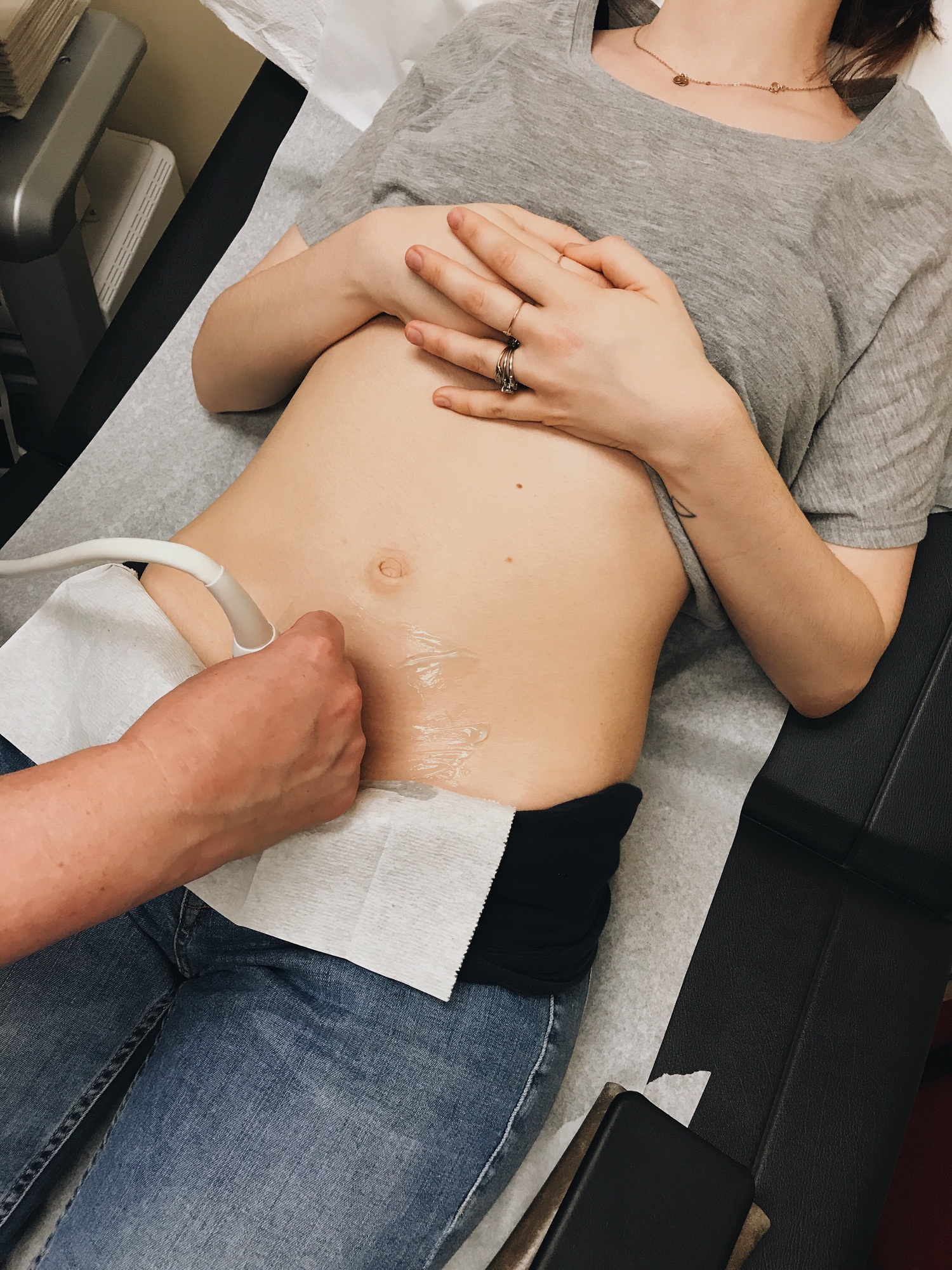Seeing those two pink lines (or a positive digital readout) can be thrilling, overwhelming, or a mix of both! Whether your pregnancy was planned or a surprise, knowing what to do next helps you start this journey with confidence.
From medical checkups to lifestyle adjustments, this step-by-step guide walks you through the most important actions to take after learning you’re pregnant.
Step 1: Confirm Your Pregnancy
Take a Home Pregnancy Test
- Most tests are accurate after a missed period.
- For best results, test first thing in the morning when hCG levels are highest.
Schedule a Doctor’s Appointment
- A blood test or ultrasound can confirm pregnancy and estimate your due date.
- If you don’t have an OB-GYN, ask for recommendations or check local clinics.
Step 2: Start Prenatal Care
Choose a Healthcare Provider
- Decide between an OB-GYN, midwife, or family doctor based on your preferences.
- Consider factors like hospital affiliation, birth philosophy, and insurance coverage.
Schedule Your First Prenatal Visit
- Typically occurs around 8 weeks (but may vary).
- Your provider will review medical history, run tests, and discuss prenatal vitamins.
Begin Taking Prenatal Vitamins
- Folic acid (400–800 mcg daily) prevents neural tube defects.
- Look for vitamins with iron and DHA for fetal development.
Step 3: Adjust Your Lifestyle
Nutrition & Diet
- Eat balanced meals with protein, whole grains, fruits, and veggies.
- Avoid raw fish, unpasteurized dairy, and deli meats (listeria risk).
- Limit caffeine to 200 mg per day (about one 12-oz coffee).
Exercise & Activity
- Moderate exercise (walking, swimming, prenatal yoga) is encouraged.
- Avoid high-risk activities (hot yoga, contact sports).
Avoid Harmful Substances
- Quit smoking and alcohol—no amount is safe during pregnancy.
- Check with your doctor before taking any medications.
Step 4: Understand Common Symptoms
First Trimester Changes
- Fatigue, nausea (“morning sickness”), breast tenderness, and frequent urination are normal.
- Try ginger for nausea, small frequent meals, and extra rest.
When to Call Your Doctor
- Severe vomiting, bleeding, or sharp pelvic pain could indicate complications.
Step 5: Plan Financially & Logistically
Review Health Insurance
- Verify prenatal and delivery coverage.
- Ask about adding your baby to your plan after birth.
Start a Baby Budget
- Estimate costs for medical care, nursery items, and maternity leave.
- Look into government programs (WIC, Medicaid) if needed.
Tell Your Employer (When Ready)
- You’re not required to disclose immediately, but plan for maternity leave discussions.
- Understand your workplace’s parental leave policy.
Step 6: Prepare Emotionally
Share the News (If You Want)
- Many wait until after the first trimester (12 weeks) when miscarriage risk decreases.
- Tell close family earlier if you’d want their support.
Address Fears & Anxiety
- It’s normal to feel nervous—talk to your partner, friends, or a therapist.
- Join a pregnancy forum or local support group.
Step 7: Think Ahead
Research Childbirth Options
- Explore hospitals, birth centers, or home births.
- Consider hiring a doula for extra support.
Start a Pregnancy Journal or App
- Track symptoms, appointments, and milestones.
- Popular apps: What to Expect, The Bump, Ovia.
Finding out you’re pregnant is just the beginning of an incredible journey. By following these steps—confirming your pregnancy, starting prenatal care, adjusting your lifestyle, and planning ahead—you’ll set yourself up for a healthier, less stressful experience.
Take it one day at a time, ask for help when needed, and celebrate each milestone. Congratulations!







